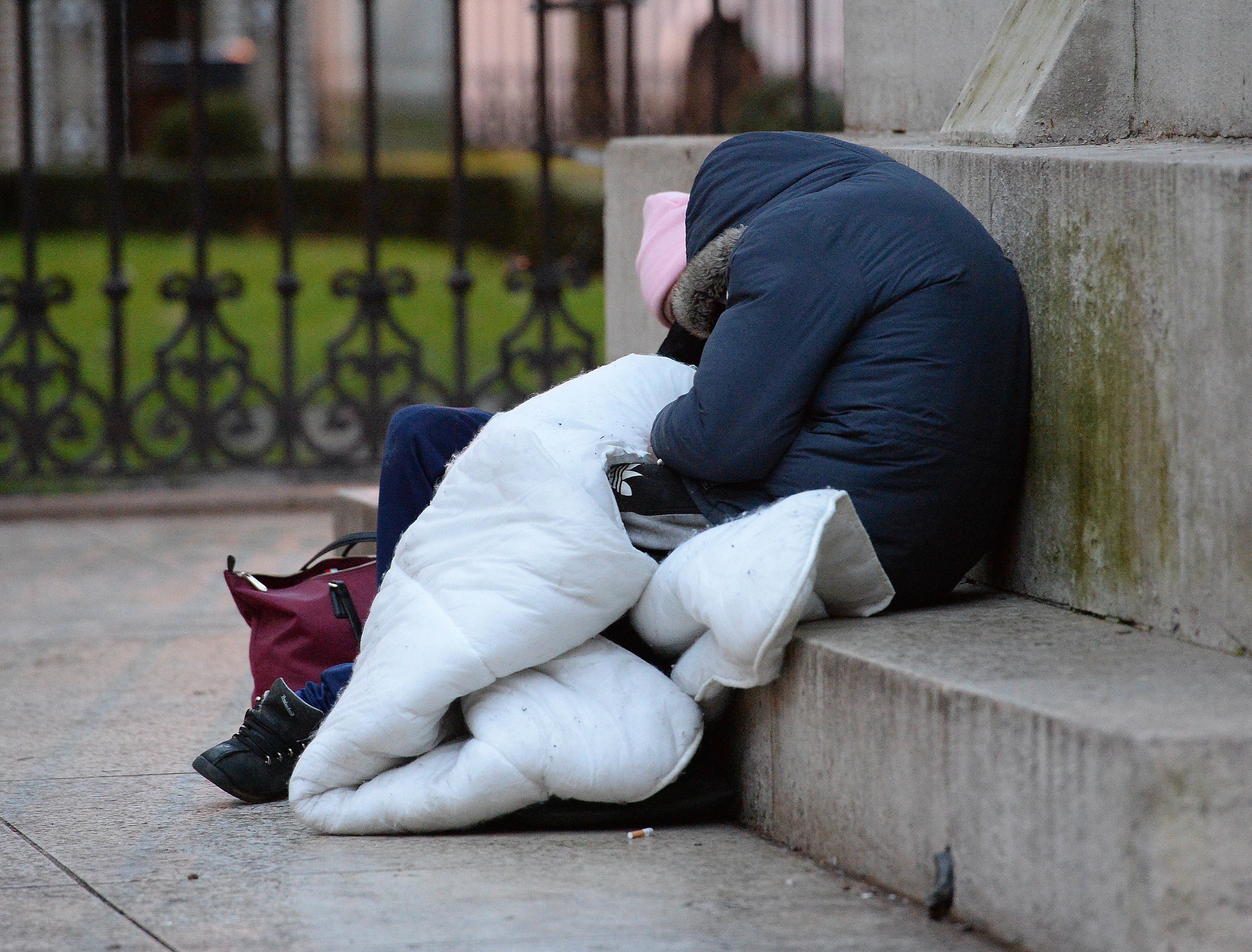The root of Britain’s homelessness epidemic? Landlords – and not just the bad ones
The latest figures should be a wake-up call for an incoming Labour government, writes Hannah Fearn: sort out housing, and the rest will follow


For every landlord who’s a bit of a grifter, looking to make a quick and easy buck, there are at least two responsible ones who want to make good use of their assets by providing a stable, comfortable home for others. But the problem for the government – and for a new government later this year – is that both have the same damaging effect on tenants’ lives.
To illustrate what I mean, let’s have a look at the latest homelessness figures which were released right at the end of April. They found that there are now more than 317,430 people who are homeless or threatened with homelessness across England. This includes a record number of children living hampered young lives in emergency accommodation – now hitting 145,000, and by some estimates that includes one in 10 children living in London.
The cause of such a high rate of homelessness is largely the actions of landlords: the issuing of no-fault evictions, which are now at the highest rates since records began in 2018. Some of this is done out of greed: 10,000 were evicted between April and December 2023 because the landlord wanted to relet the property to different tenants, ie new tenants who can afford to pay an inflated weekly rent, leaving the former inhabitants with nowhere to go except emergency provision. That’s a child no longer with a bedroom of their own or a quiet table to do their homework because a landlord wanted to squeeze an extra £50 a week out of their asset.
Yet twice as many landlords – 23,000 – left their tenants at risk of homelessness simply because they wanted to sell up. Perhaps, in this cost of living crisis, they needed to reduce their own indebtedness and just wanted to get out of the market. Perhaps they couldn’t afford to remortgage after the Liz Truss-induced meltdown of the lending market. Maybe they had concerns about meeting the requirements of new, essential and overdue, legislation designed to protect tenants and prevent homelessness – and wanted to get out before they became part of the problem. Whatever the reason, selling is their right – but the problem of what to do about the homelessness it causes then falls on the rest of us.
When newspaper readers think about private tenants, they often picture their own young adult children: carefree twentysomethings taking their first forays into independence, with a parental home they could return to as a stop-gap, in extremis. And yes, that does make up some of this homeless cohort. Last year I interviewed people in their thirties about the unique pain of being forced back into that childhood dynamic due to the cost of the housing crisis.
But they are the luckier ones. There is somewhere secure to go. The latest statistics also include many people at the opposite end of life: 13,510 older people are also now homeless – or threatened with homelessness – due to no-fault evictions. That is an altogether more terrifying place to be. Emergency accommodation, disruptive and often degrading for all, is totally unsuited to the needs of people in later life. As the charity Independent Age commented: “It’s clear the current rental system is broken.”
Three decades ago, these figures would have been unthinkable. Back then the social safety net for older people and for children was still just about in place. Social housing met the needs of the neediest.
In the decades that followed, under the Tories in the 1990s, under New Labour, and most aggressively in the last 14 years of Conservative government, social housing was sold off and underinvested in, with its responsibilities passed into the hands of the Department for Work and Pensions (by paying housing benefit) and individual landlords who were – and remain – totally ill-equipped for the job.
With private rent now housing increasingly vulnerable tenants, the expectations on landlords to provide a frontline social function are, finally, being exposed for what they really are: unreasonable. Good landlords have described to me the difficult position they find themselves in when responsible for housing people who are older, sicker, and more vulnerable than they ever expected.
When I interviewed 74-year-old Susan, from Havering, she told me that she had considered her rented home to be the place she’d stay settled “until the end of my days”. Now, due to changes in the economy, her landlord is selling – and her council, though seeking a home in sheltered accommodation for her, had not found a suitable place and was likely to place her in emergency housing. The financial and emotional toll of a last-minute eviction can’t be overstated.
The housing crisis now touches every age demographic and every part of the economy. These latest homelessness statistics are a warning, and a signpost, to an incoming Labour government: sort out housing, and you start to sort out everything else.
Bookmark popover
Removed from bookmarks